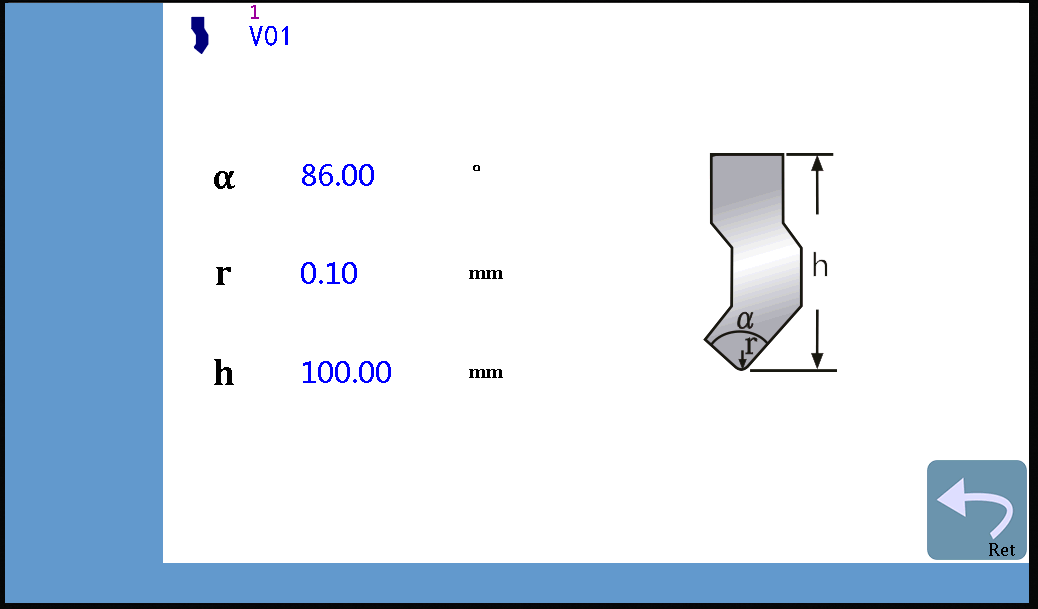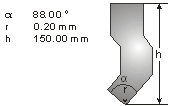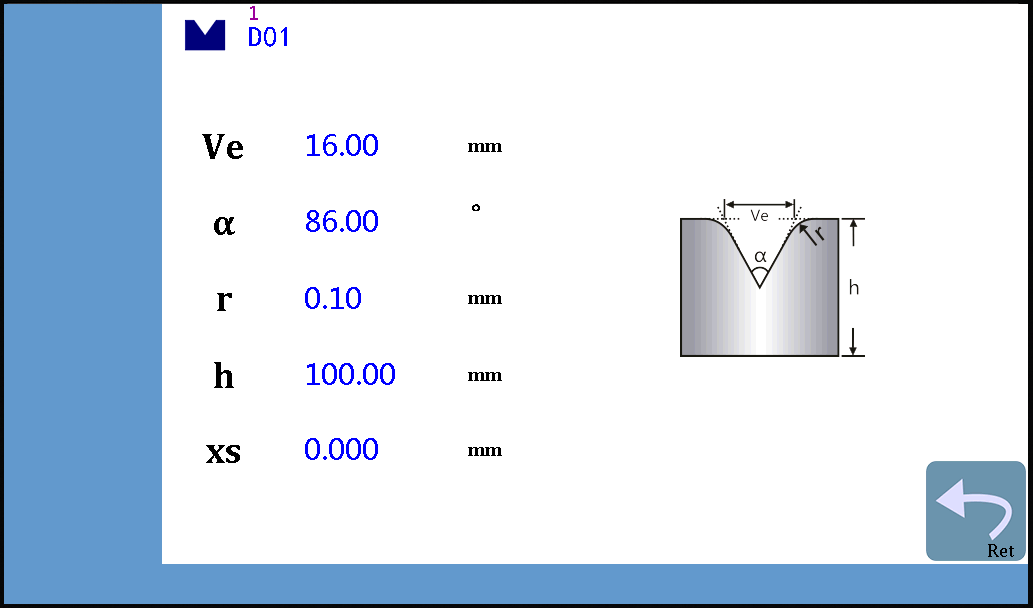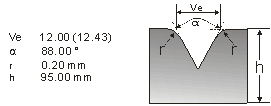Centre de documentation
Manuels et guides techniques complets pour vous aider à maîtriser les machines HARSLE et à optimiser votre efficacité dans le travail des métaux
Comment la gestion des moules HS-15T améliore-t-elle l'efficacité ?
When it comes to optimizing CNC operations, HS-15T Mould Management plays a vital role in enhancing efficiency and precision. If you’re wondering how this system can streamline your workflow and reduce manual errors, you’re in the right place. In this article, I’ll explain how HS-15T Mould Management calculates programming values automatically and manages both upper and lower die configurations effectively. This guide is designed to help you understand the benefits of adopting HS-15T Mould Management for improved operational performance, whether you’re aiming to reduce setup time or enhance accuracy in your processes.
Setting Up Upper Die in HS-15T Mould Management
To ensure efficiency and precision in CNC operations, HS-15T Mould Management provides a systematic approach to die management. With a focus on the automatic calculation of the programming values for the X, Y, and R axes, it reduces manual errors and enhances productivity.
The efficient setup of upper dies is crucial in HS-15T Mould Management. Here’s a detailed guide on how to do it:
Step 1: Accessing the Die Editing Page

To begin, navigate to the programming page and click on the module icon to reach the die editing interface.

This is the foundation for managing your upper die models.
Step 2: Inputting Upper Die Parameters
Input the necessary details such as the angle (alpha), chamfer (r), and height (h) of the upper die model. These parameters are essential for accurate calculations.
As an example, the upper model in the following figure is input.

Step 3: Naming and Saving the Upper Die
After entering the data, input a name for the die, adhering to your company’s naming conventions. You can save up to 30 upper die configurations for future use, enhancing efficiency in HS-15T mould management.
Step 4: Browsing and Returning

Click on the top icon. Then click left or right arrow, you can browse saved die information.

Click on the top Icon, you can return to the programming page.
Configuring Lower Dies with HS-15T Mould Management
The process of configuring lower dies is equally important. Follow these steps within the HS-15T Mould Management system:
Step 1: Entering the Die Editing Page

Click on the icon on the edit page to access lower die editing.

This initial step ensures you are in the proper section for your configurations.
Step 2: Input the Lower Die Data
Provide the width of opening (Ve), angle (alpha), chamfer (r), and height (h) for the lower die. These details are the bedrock of precise CNC calculations. For example, input the lower mode data:

Step 3: Naming and Saving Lower Die

After the input of the lower model data is completed, click it to next input field.
Name the die according to its own naming rules, and save the current lower die with a name (up to 40 lower die information can be saved). After completing the above steps, the lower model data will be automatically saved for subsequent use.
Step 4: Reviewing and Navigating

Click on the icon below. Then click left or right arrow, you can browse saved moulds.
Click icon

return to the programming page.
Foire aux questions (FAQ)
How does HS-15T Mould Management optimize CNC operations?
HS-15T Mould Management optimizes CNC operations by automatically calculating the programming values for the X, Y, and R axes based on the chosen die, bending angle, and bending length. This automation minimizes manual errors and enhances overall efficiency.
Can I view and manage saved die configurations easily?
Yes, HS-15T Mould Management provides straightforward navigation to browse and manage saved die configurations. Access your saved models by clicking the appropriate icon, allowing for seamless integration into your workflow.
How are lower dies configured within HS-15T Mould Management?
Lower die configuration involves entering the edit page, typing in the width of opening, angle, chamfer, and height. After naming the die as per your conventions, save it. You can store up to 40 lower die configurations, ensuring efficient management through HS-15T Mould Management.
Conclusion
Setting up the upper and lower dies using HS-15T Mould Management is a critical step in improving operational efficiency. By precisely configuring these components, you ensure smoother workflow and higher accuracy in CNC operations. This system not only reduces setup time but also minimizes manual errors, enhancing overall productivity. For further assistance or detailed guidance on implementing HS-15T Mould Management in your processes, feel free to contact our team or explore our additional resources.













